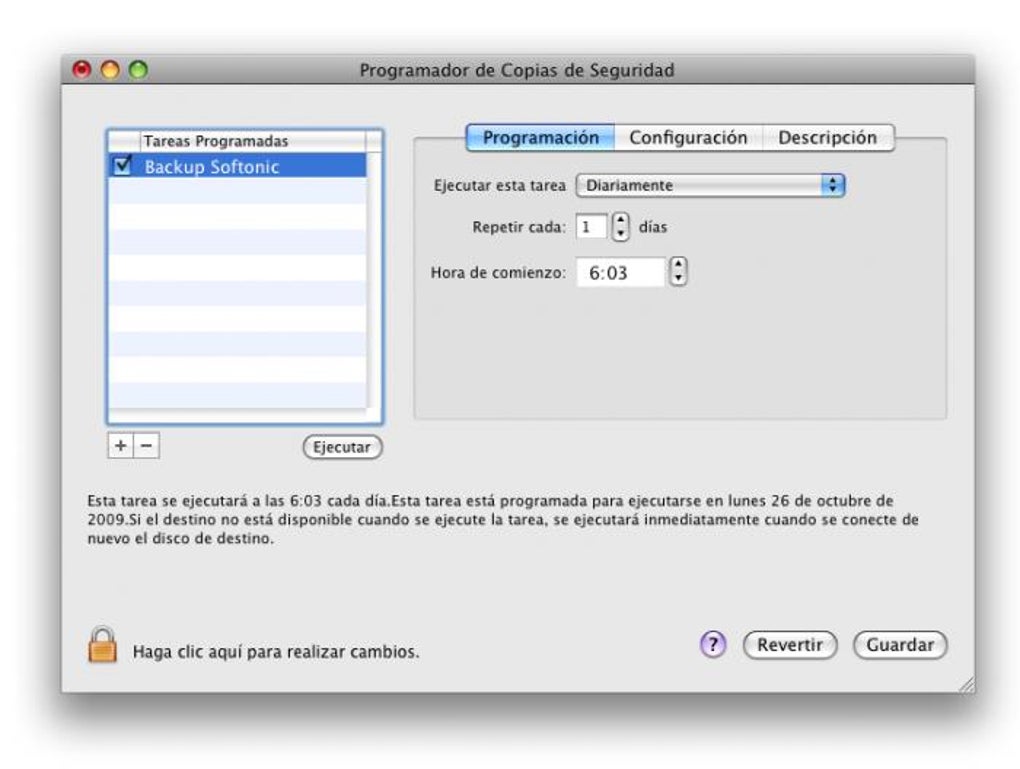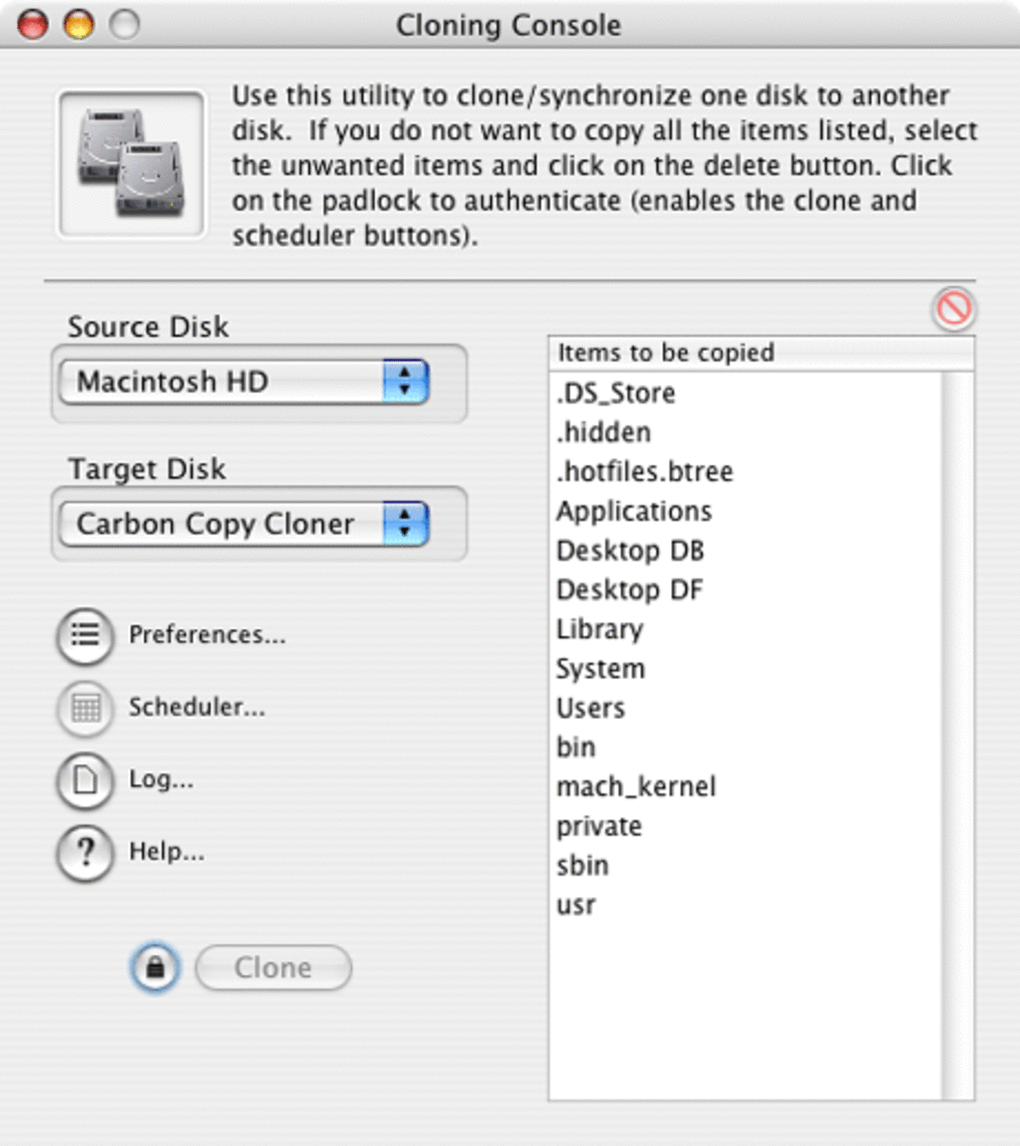

- CARBON COPY CLONER OSX MOJAVE MAC OS
- CARBON COPY CLONER OSX MOJAVE INSTALL
- CARBON COPY CLONER OSX MOJAVE MAC
You may also see Apple Time Machine Local Snapshots in the list if you have Time Machine enabled on the computer. You should see a snapshot with the CCC logo in the list on the right of the window with a timestamp of when you ran the last backup task.Click “Show Volume Snapshots” in the lower right-hand corner.Select the APFS boot volume under the “Volumes” section in the sidebar.If the sidebar is not visible in CCC, click the “Show Sidebar” button in the top left of the taskbar.


Click “Clone” in the lower right-hand corner.Do not schedule this task to run automatically, otherwise your Clean Snapshot could be overwritten or pruned. Drag the destination folder onto CCC's Destination selector.Drag the source folder onto CCC's Source selector.Open CCC and click the New Task button in the toolbar.Create two empty folders somewhere on the prepped Mac’s startup volume, named "source" and "destination".
CARBON COPY CLONER OSX MOJAVE INSTALL
install any and all necessary software packages to the machine as if you were going to hand that machine out in its current state. Build out your machine as you would have built out your “image”.Getting started instructions can be found here.
CARBON COPY CLONER OSX MOJAVE MAC
CARBON COPY CLONER OSX MOJAVE MAC OS
In theory, this method could also support standard hard drives alongside SSDs with Mac OS Mojave, as Mojave will be migrating standard hard drives to APFS. Once a machine has had High Sierra installed, you can also use Carbon Copy Cloner to restore a new Machine using the Snapshot of an existing machine via Target Disk Mode. NOTE: Using APFS Snapshots to prep Macs for redeployment requires that High Sierra have been installed using the installer from the App Store at least once, to ensure that the necessary APFS supporting firmware is installed, and that your SSD/Flash drive is properly converted from HFS+ to APFS.

This will give you a fully prepped machine much faster than using the startosinstall option with the High Sierra Installer to do an “install in place” wipe of the machine, which took about 45 minutes in my tests. In my tests, this reverts a machine back to the snapshot state in about 3-5 minutes. One of the suggestions that came up was to use APFS snapshots to create a "snapshot" of the prepared drive, and then revert to the snapshot and install any necessary updates with Munki when a machine comes back in for redeployment. While DEP works great for newer machines, if your organization has existing Macs that are not enrolled in DEP, it is not an option for you. Hi all, a few weeks ago I posted here asking how teams are currently deploying/redeploying older Macs with APFS partitions now that imaging with Deploy Studio is near death.


 0 kommentar(er)
0 kommentar(er)
